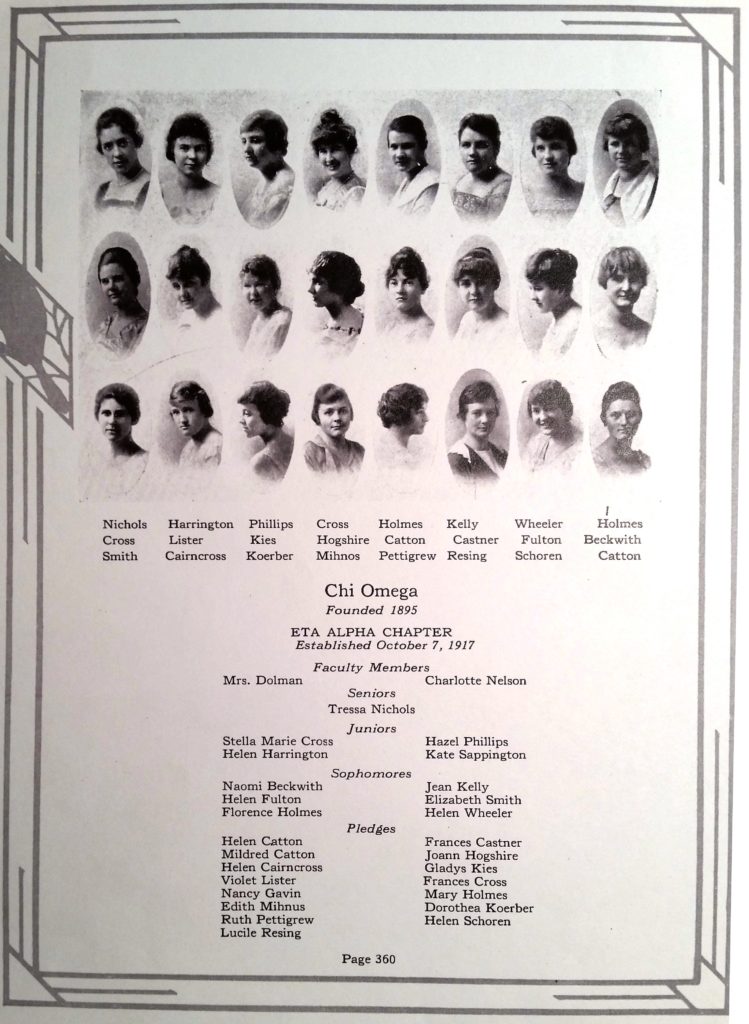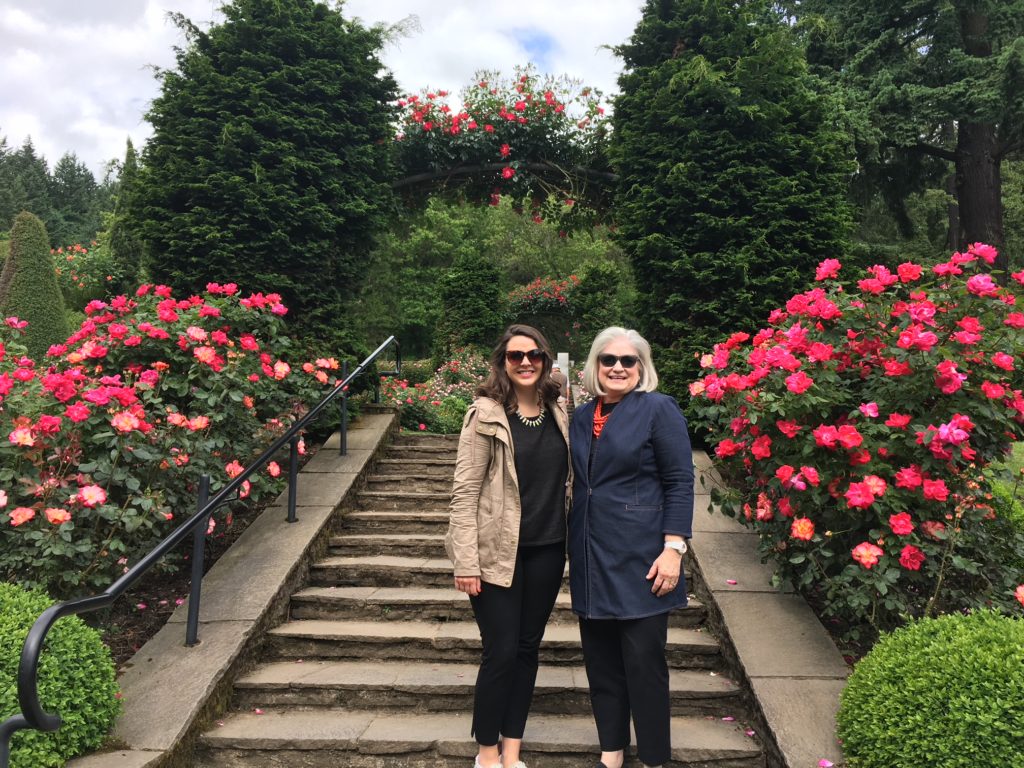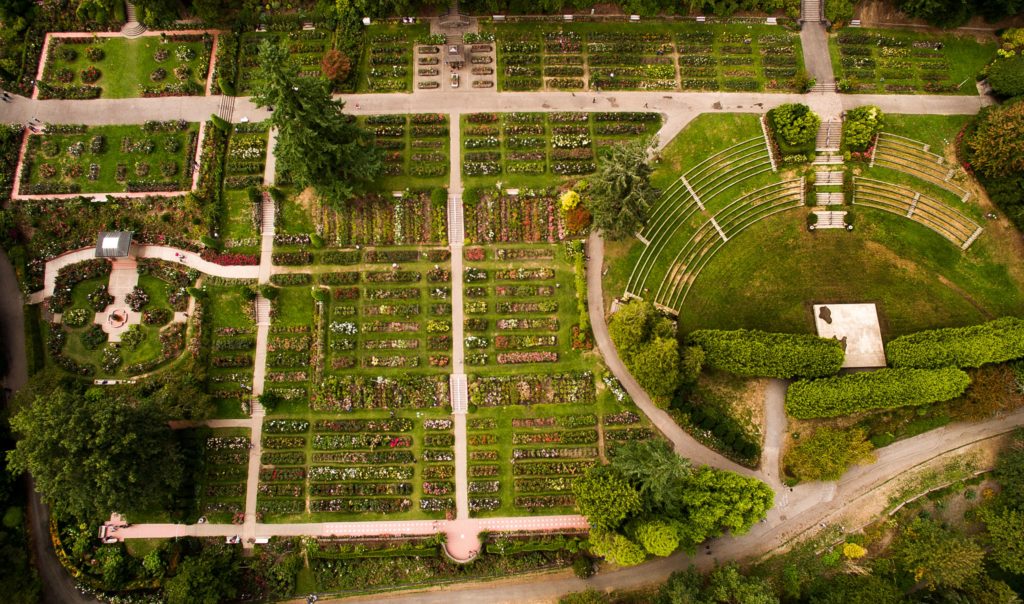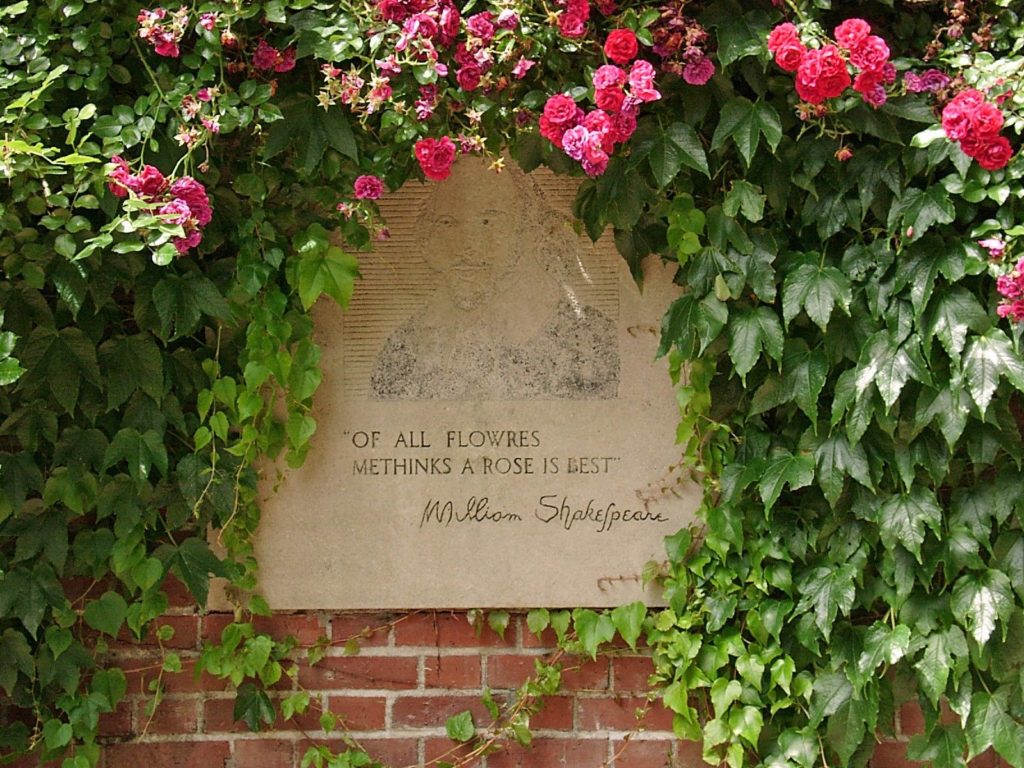As the landscape architect of one of Portland’s most iconic landmarks, the International Rose Test Garden, Florence Holmes Gerke, a founding member of Eta Alpha/Oregon State, left an impact on her city proven to have withstood the test of time.
During her career, Florence was one of only four female landscape architects in the country and the only woman in the nation to hold that position for a municipality.
“Florence has received very little recognition for her landscape work, much of which still exists relatively unchanged. I hope to remedy that with further research and publication of her accomplishments,” says Peggy Sigler, Eta Alpha Archivist.
On February 16, 1896, less than a year after our Fraternity’s Founding in Arkansas, Florence was born in Portland, Oregon. Her sister, Mary, who would also become an initiate of Eta Alpha was born three years later. For many years her widowed mother was a writer for the society page of the Oregonian, and additionally penned an advice column. She was civically active and was not only part of Portland’s elite, but wrote about them. Because of her involvement with the city’s writing, her daughters and their Chi Omega Sisters were prominently and often featured in the society page of the Oregonian. Eta Alpha’s scrapbooks contain a multitude of these clippings, documenting Chi Omega weddings, events, and accomplishments.

Florence attended Oregon Agricultural College, now known as Oregon State University, as the only woman in her class. Florence served as G.H. of Eta Alpha, student body vice president, was on staff for the campus paper, involved in theatre, often designing the sets and costumes, and assisted the city of Bremerton, Washington, with a town planning project. Her design proposal also won a contest to select a senior memorial gate design for the campus. The “massive brick pillars, surmounted by irons lamps” was most notable of her winning design that outshone designs submitted by other students in the architecture department.
Following graduation, she then traveled across Europe for several months studying examples of landscape architecture and art. When she returned, her talents were quickly acquired by the Parks Department for the City of Portland. After several years as their landscape architect, she took a sabbatical to attend the Cambridge School of Landscape Architecture in Massachusetts. Upon completion, she returned home to Oregon again to continue her career in the city she loved.
Serving as the official landscape architect for the city of Portland, Florence was charged with designing several highly recognizable gardens in the city throughout her lifetime.
In 1915 city officials were convinced to institute a rose test garden to serve as a safe haven during World War I for hybrid roses grown in Europe. Rose lovers feared the bombings that were taking place would wipe out these unique plants. The Park Bureau approved the idea in 1917 and by early 1918, hybridists in England began to send roses to Oregon.

In 1921 Florence was charged with designing the International Rose Test Garden and amphitheater, which would become her most famous work. The park, home to over 10,000 types of roses and welcoming over 700,000 guests each year, celebrated its 100th anniversary in 2017. Among an ever-changing city, attendees and staff hold the originality of the gardens to the highest standards, keeping true to the design that Florence originally created while updating the property when appropriate to keep it in pristine condition.


Another well-known project belonging to Florence was the Shakespeare Garden, located at Crystal Springs Lake in southeast Portland. It was moved to Washington Park, and designs were collaborated on by Glenn Stanton. The garden was originally intended to include only herbs, trees, and flowers mentioned in William Shakespeare’s plays, but the garden has grown, while still honoring the original objective, now including roses named after characters in Shakespeare’s plays.
The focal point of the garden is the Shakespeare Memorial, a brick wall with a plaque featuring Shakespeare’s image and his quote, “of all flowres methinks a rose is best.”

Florence and her husband, Walter Gerke, whom she married in 1922, founded the Oregon Society of Landscape Architects. Florence also served the society as one of their presidents. Florence and her husband worked together as architects from 1924 until she joined the Omega Chapter in 1964, designing the Parker House at Reed College, Bonneville Power Administration, Damasch State Hospital, Lloyd Center, Shriners’ Children’s Hospital, Multnomah Athletic Club, Columbia Gorge Hotel, Hill Military Academy on Rocky Butte, University Club, Audubon House grounds, and many private homes.
Throughout her career, she also designed notable projects including the Grant High School athletic grounds, Grant, Irving, and Dawson parks, Stanton Square, the original Crystal Springs Shakespeare Island Park, before its relocation to Washington Park, and Multnomah County Courthouse grounds. Her educational articles, speeches given to various groups, and service as the Garden editor for the Oregon Journal also supplemented her immeasurable impact on the city of Portland.

In addition to Florence’s sister, Mary, who was also an initiate of Eta Alpha/Oregon State, Florence’s only child was a Chi Omega Legacy. Marianne Gerke Ott was initiated into Eta Alpha/Oregon State in 1944. She still lives in the same Oregon home designed by John W. Storrs, a well-known Portland architect and friend of Florence and her husband. The landscape design was, as appropriate, done by Florence.
Florence’s work and illustration of design left on Portland is evidence of her ability to work earnestly, speak kindly, and act sincerely, and is most notable in how it still shapes the city and its residents today.
